New Insights into the Standard Model from LHCb Findings
Written on
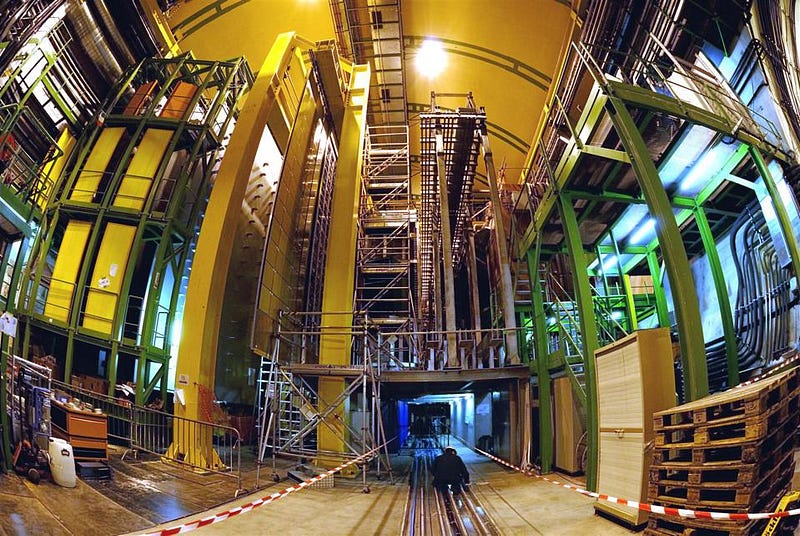
The current understanding of the Universe presents a conundrum. No matter where we look—whether at the tiniest subatomic particles or vast cosmic structures—we observe a predominance of matter over antimatter. While the Big Bang theory provides a narrative for the Universe's formation and the Standard Model outlines the behavior of fundamental particles, these frameworks fail to account for the observed reality of our Universe.
The physical laws governing our Universe are not entirely symmetrical between matter and antimatter, revealing subtle yet critical distinctions. These discrepancies are:
- Challenging to quantify,
- Small in scale,
- Anticipated by the Standard Model, and
- Insufficient to elucidate the current matter-antimatter imbalance.
In an intriguing study, the LHCb collaboration has achieved the most precise measurement of a crucial parameter that could explain the matter-filled Universe we inhabit. Here’s a summary of the findings.
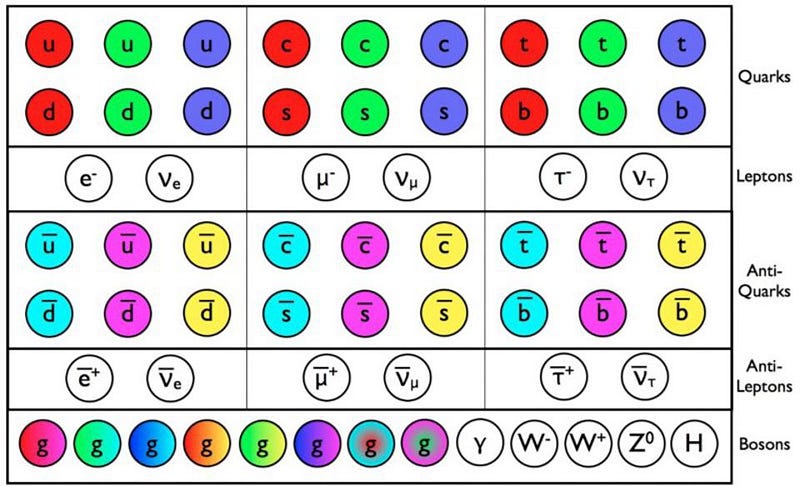
All particles observed to date align with the Standard Model, which includes six varieties of quarks and six types of charged leptons, along with their antimatter counterparts, plus various bosons. Despite the Standard Model's successes in particle physics experiments, it does not fully unravel the mysteries of the Universe.
The Standard Model posits that composite particles made of quarks, such as mesons and baryons, should exhibit significant differences in behavior between matter and antimatter when undergoing weak decays. Analyzing these differences can provide insights into three key aspects:
- The consistency of our observations within a single framework,
- The compatibility of these measurements with the Standard Model predictions, and
- The potential of these observed differences to account for the matter-antimatter imbalance in the Universe.
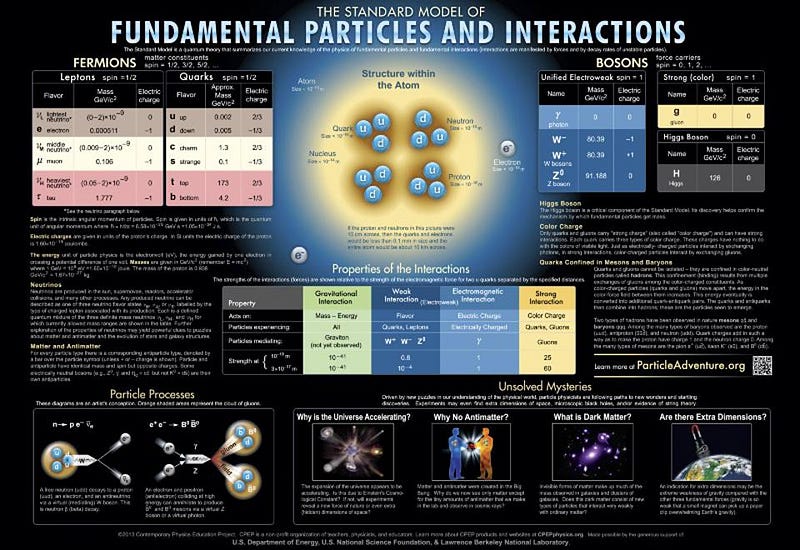
The Standard Model identifies three essential symmetries that can be altered:
- C symmetry: Involves replacing each particle with its antimatter equivalent,
- P symmetry: Involves mirroring the configuration of particles,
- T symmetry: Involves reversing the momentum and interaction order of particles.
The combined conservation of these three symmetries, known as CPT symmetry, is mandated. While searches for violations of CPT are ongoing and have yet to yield results, any discovered violations would signify a groundbreaking shift in physics. However, other symmetry combinations may be broken, especially within weak interactions.
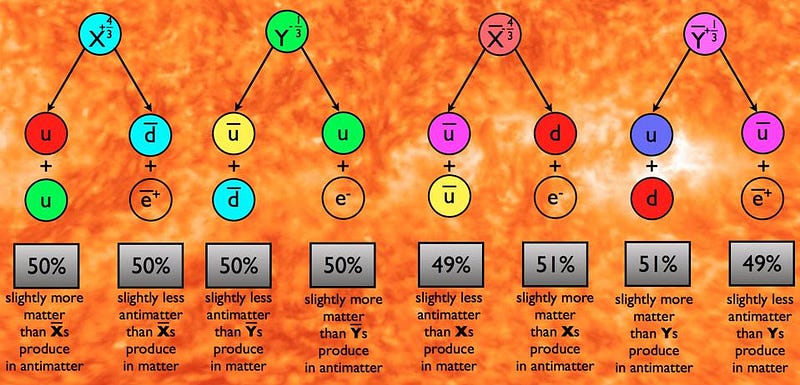
Understanding the implications of symmetry violations is critical, as they are essential for producing a Universe with unequal amounts of matter and antimatter. In 1968, physicist Andrei Sakharov articulated that even a Universe with balanced matter and antimatter could favor matter under certain conditions:
- There exist baryon-violating interactions (as seen in the Standard Model),
- The Universe is not in thermal equilibrium (a necessary condition for an expanding Universe),
- Significant violations of both C and CP symmetries occur.
The Universe inherently exhibits C violations during weak interactions, yet only minimal CP violations have been observed thus far. Notably, among the four fundamental forces, only weak interactions demonstrate these symmetry violations.
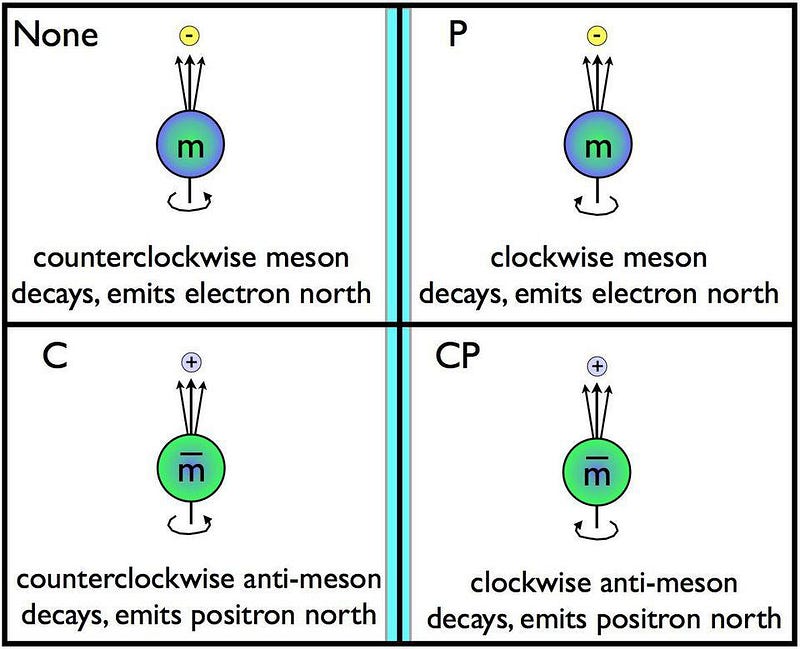
Weak interactions involve changes in the "flavors" of fermions or antifermions. Although there are six quark flavors, the Standard Model imposes specific rules:
- A flavor change must result in a final quark with a different electric charge,
- Energy conservation necessitates that heavier quarks decay into lighter ones.
For instance, a top quark can decay only into bottom, strange, or down quarks. This results in nine distinct decay possibilities through weak interactions.
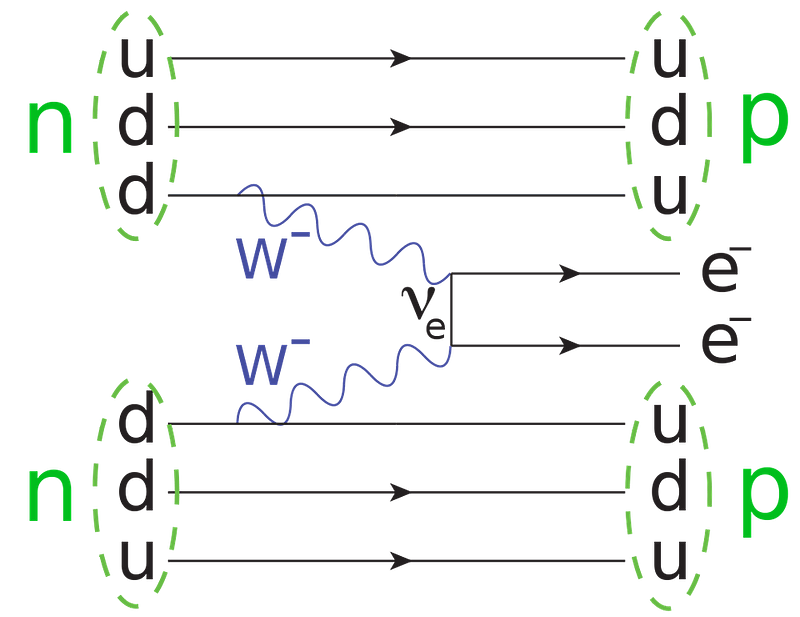
Quarks decay into other quarks, while antiquarks decay into their counterparts. The expectation is that if a bottom quark decays into an up or charm quark at varying rates, the anti-bottom quark would do the same. However, the Standard Model suggests otherwise. Conservation of CPT symmetry implies total decay rates must match, yet the relative rates of decay for bottom quarks versus anti-bottom quarks may differ, indicating CP violation in the quark sector.
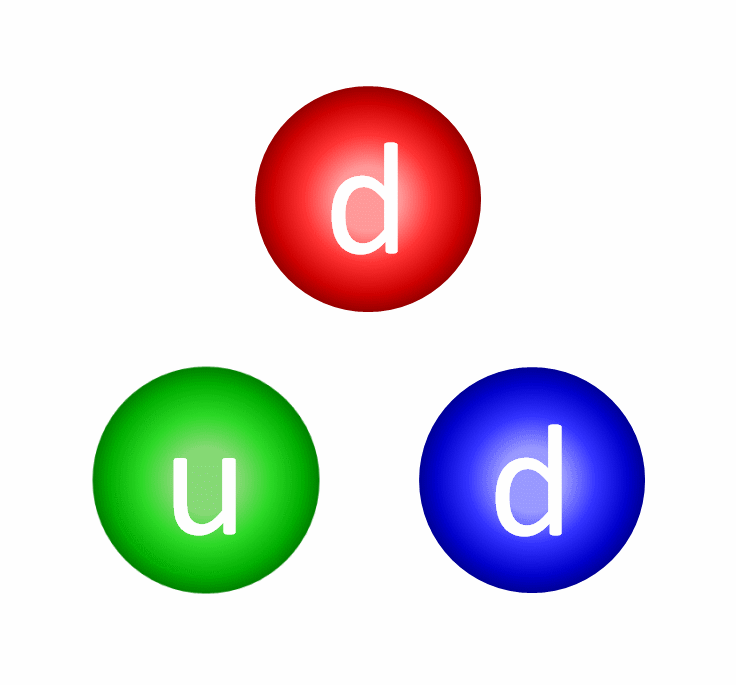
Unfortunately, direct measurement of quark decay is not feasible, as isolated quarks do not exist stably. Quarks possess a "color charge" (red, green, or blue) along with electric charges; to achieve stability, they must form color-neutral combinations. Mesons and baryons exemplify such combinations, with mesons being quark-antiquark pairs and baryons comprising three quarks (or three antiquarks for antibaryons).
LHCb, one of the less publicized experiments at the Large Hadron Collider, excels in examining these minute differences between the decay behaviors of particles and their antiparticles. While experiments like CMS and ATLAS gained fame for discovering the Higgs boson, LHCb focuses on baryons and mesons with heavy quarks that undergo weak decay processes.
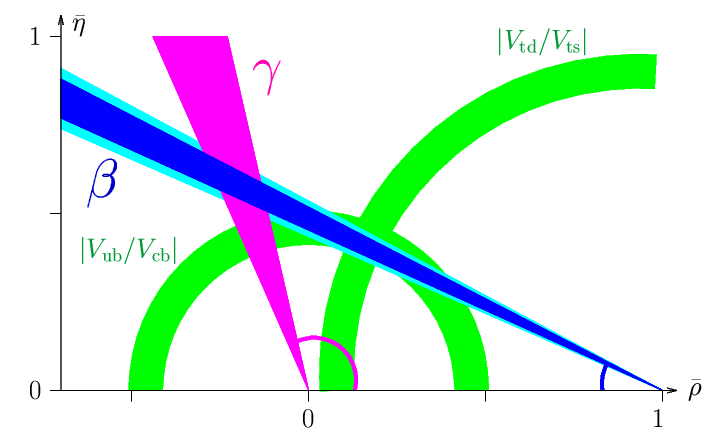
The crux of testing for CP violation lies in comparing decay rates between particles and their antiparticles. By examining the decay pathways of charm, bottom, or top quarks alongside their antiparticles, researchers can assess CP violation and the behavior of all six quark varieties. The CKM matrix effectively describes this mixing process.
Conducting these measurements serves as a critical test for the Standard Model, as a multitude of decay pathways can lead to inconsistencies. The existence of more possible transitions than free parameters emphasizes the importance of experimental validation: theory sets predictions, while experiments reveal the accuracy of those theories.
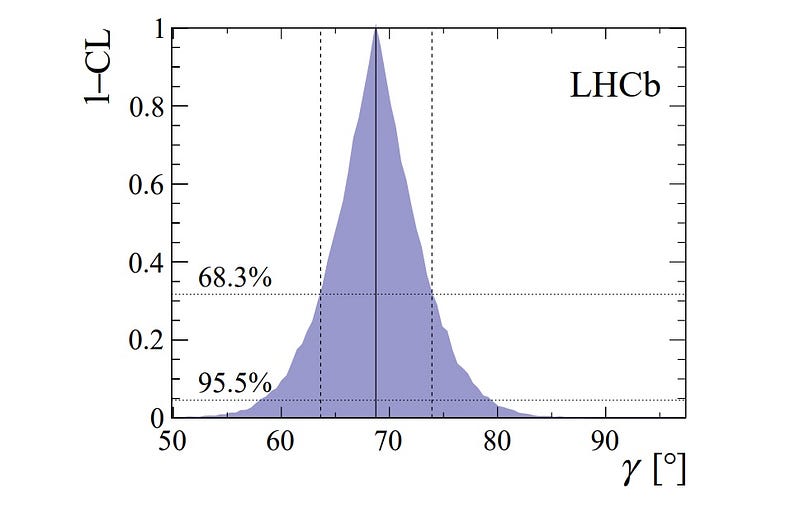
Recent LHCb measurements have refined our understanding of bottom versus anti-bottom quark mixing, significantly reducing uncertainties by excluding the impacts of contaminating mesons and baryons. Observing the decay of both B**+ and **B- mesons has yielded the most precise value for a mixing parameter—? (gamma)—to date, aligning perfectly with prior measurements and the Standard Model.
We have now detected CP violation in mesons containing strange, charm, and bottom quarks, with tentative evidence for its presence in baryons. These discoveries necessitate vast statistics and substantial particle collision events. Consistently, results show alignment with the Standard Model, lacking sufficient CP violation to account for the known matter in the Universe.
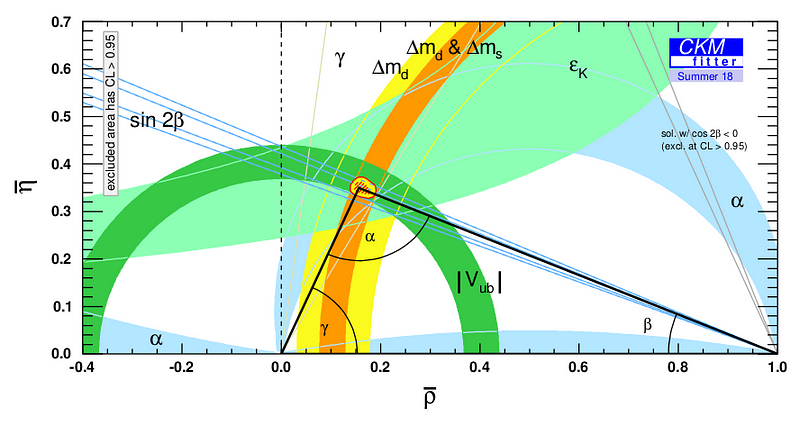
As the LHC undergoes its high-luminosity upgrade and discussions about future colliders loom, the stakes remain high. We are striving to decode the fundamental aspects of our Universe—its composition, behavior, and origins. Direct experimental testing is essential in this pursuit. While we recognize the Universe must have originated its matter (and dark matter), the exact mechanisms remain elusive.
The Standard Model has consistently proven effective in predicting experimental outcomes but has yet to provide insights into these profound mysteries. Although it cannot encapsulate all aspects of the Universe, it has proven remarkably reliable across numerous tests. Each new data point presents an opportunity to uncover the limitations of our current understanding, inching us closer to a potential paradigm shift. The crucial question is whether we will persist in our quest for answers.
Starts With A Bang is authored by Ethan Siegel, Ph.D., who also wrote Beyond The Galaxy and Treknology: The Science of Star Trek from Tricorders to Warp Drive.